Cedar siding is one of the most beautiful and versatile materials used in home construction. This age-old material has been used to clad homes since the days of early American settlers, and is still a popular choice for homeowners today. From its natural grain and color variations to its durability and resistance to weathering, cedar siding offers a unique look that stands out from other exterior home designs. In this article, we’ll explore the many benefits of cedar siding, as well as considerations you should take into account when making your decision. So if you’re looking for ways to add curb appeal and value to your home, read on to learn all about cedar siding!
Disclaimer: The information in this article is intended to be used as a general guide only.
For any specific advice regarding your particular project, we recommend consulting an
experienced professional at Advance Roofing LLC. We are trusted and reliable roofing
company has been proudly serving the Spokane, WA area with top-notch roofing solutions
for many years.
What is Cedar Siding?
Cedar siding is a popular choice for homeowners looking to add beauty and value to their
exterior home design. It features natural grain and color variations that make each piece
unique, as well as superior durability and resistance to weathering. As a result, it is an
ideal choice for areas with extreme weather conditions such as high winds or heavy
snowfall. Additionally, cedar siding requires minimal maintenance and can last up to 30
years with proper care.
In addition to its aesthetic appeal, cedar siding offers several practical benefits including
energy efficiency, soundproofing, fire resistance, and insect repellency. Furthermore, its
light weight makes it easier to install than other types of siding materials. With all these
features in mind, it’s no wonder why so many homeowners are turning to cedar siding for
their homes!
Cedar siding is the perfect choice for any homeowner looking to add beauty and value to
their exterior home design. With its superior durability, energy efficiency, soundproofing,
and fire resistance, it’s no wonder why so many are choosing cedar siding! Stay tuned to
learn more about the benefits of cedar siding!

Benefits of Cedar Siding
Cedar siding is a great choice for any homeowner looking to boost the value and
aesthetic appeal of their home. Not only does it look beautiful, it also offers superior
durability and weather resistance. This makes it ideal for areas with extreme weather
conditions like high winds or heavy snowfall. Additionally, cedar siding requires minimal
maintenance and can last up to 30 years if given proper care.
Beyond its stunning appearance, cedar siding has several practical benefits. It is energy
efficient, soundproofing, fire resistant, and even insect repellent! Furthermore, its light
weight makes installation easier than other types of siding materials.
So if you’re looking to add beauty and value to your exterior home design while also
getting practical advantages such as energy efficiency, soundproofing, fire resistance and
insect repellency – then cedar siding is the perfect choice for you! With all these features
in mind, it’s no wonder why so many homeowners are turning to cedar siding for their
homes!
Cedar Siding: Types
Cedar siding is a great option for any home looking to add a touch of natural beauty and
durability. It comes in many different styles, colors and textures, so you can find the
perfect option for your home. Whether you’re looking for something traditional or modern,
there’s sure to be an option that fits your needs.
The most popular type of cedar siding is lap siding. This type features long boards that
are installed side-by-side with overlapping seams between them. It creates a classic look
that adds texture and dimension to your home. Another popular option is shake siding,
which consists of textured wood pieces cut into shakes or shingles with either straight or
wavy edges. This style offers a rustic, yet refined aesthetic.
Finally, board and batten siding is another great way to create an eye-catching look on
your home’s exterior. It’s composed of alternating wide and narrow boards that are joined
together vertically to create a unique pattern. Whether you opt for lap, shake or board and
batten siding – each type of cedar siding offers its own unique charm that will help boost
the value and beauty of your home!
Cedar siding is a great way to add beauty and value to any home. With so many different
options available, you’re sure to find something that will fit your style and budget. Get
ready for a beautiful transformation with cedar siding! And get ready for the next stepnatural wood!
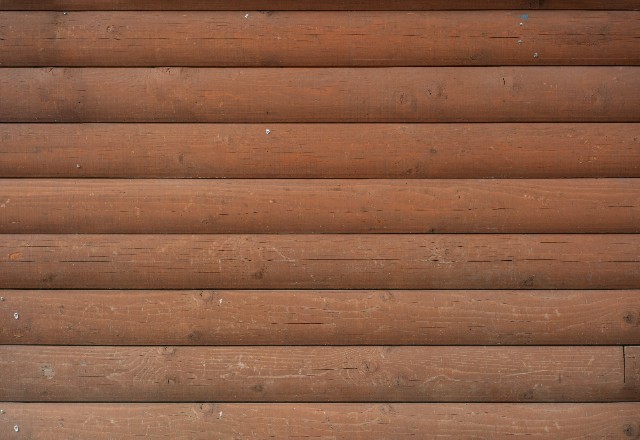
Natural Wood
Natural wood is a great option for your home when it comes to adding beauty and
durability. It comes in many different styles, colors and textures that can be used to
create a unique look. Whether you’re looking for something traditional or modern, natural
wood can provide the perfect contrast against your cedar siding.
One of the best things about natural wood is its affordability and easy installation. Unlike
other materials, you won’t need any special tools or knowledge to install natural wood
around your home. Plus, it’s also very easy to maintain – all you need to do is
occasionally clean it with a soft brush and some mild soap!
Another great thing about natural wood is its versatility – you can use it for everything
from window trim to decking boards. And because natural wood is so durable, you won’t
have to worry about replacing it anytime soon! So if you’re looking for an affordable yet
elegant option for your home’s exterior, then natural wood might be just what you need!
White Cedar
White cedar is an excellent choice for your home when it comes to siding material. Not
only is it beautiful, but it’s also very durable, making it a great option for those looking for
something that will last. It’s available in many different styles and colors, so you can
easily find one that fits the look of your home. Plus, because white cedar is naturally
resistant to rot, decay, insects and water damage, you won’t have to worry about replacing
or repairing it anytime soon.
White cedar is also very easy to install and maintain; all you need to do is clean it
occasionally with a mild soap and soft brush. Its natural oils make it resistant to staining
as well, so you don’t have to worry about repainting or resealing. And because white cedar
has such a long lifespan compared to other materials, you can be sure that your
investment will pay off in the long run!
So if you’re looking for an affordable yet elegant option for your home’s exterior, then
white cedar siding might be just what you need!
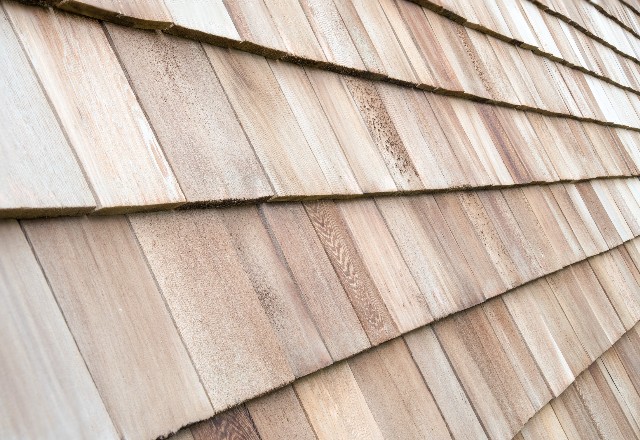
Cedar Shakes
Cedar shakes are a very popular type of siding. They come in a variety of colors and
styles, and they have a very long lifespan. Cedar shakes are also resistant to decay, rot
and insects. They are easy to install, and they require very little maintenance. Cedar
shakes are a great choice for people who want an affordable, durable siding option that
looks great on their home.
Cedar Shingles
Cedar shingles are a great choice for siding your home. They provide a classic look with
their natural beauty, and they come in a variety of colors and styles to suit any home’s
aesthetic. Cedar shingles are also incredibly durable and resistant to rot, decay, and
insects. They require very little maintenance, making them an economical choice in the
long term. Installing cedar shingles is easy, so you can save money on labor costs as
well. With their low-maintenance requirements and timeless look, cedar shingles are an
ideal option for anyone looking for a beautiful siding that will last for years to come.
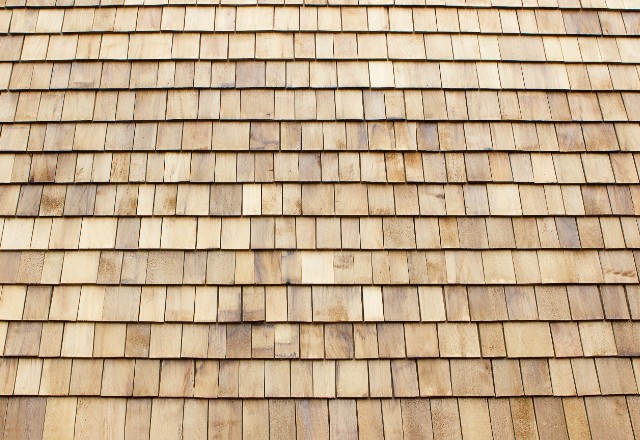
Vinyl Siding with a Real Wood Look
If you’re looking for texture and a real wood look in your home’s exterior, vinyl siding may
be the right choice for you. Vinyl is made from a plastic material that is shaped like wood,
and it can be painted to mimic the look of traditional shingles. Unlike traditional shingles,
however, vinyl does not require regular maintenance. If you spot any spots or tears in your
vinyl siding, simply fix them up with a patch or repair kit. Vinyl also offers some
environmental benefits over traditional shingles. For one, vinyl doesn’t require painting or
staining, which reduces environmental waste. Additionally, vinyl is resistant to weather
damage and pests, meaning it will last longer than traditional shingles.
Considerations When Choosing Cedar Siding Material
Cedar siding is a popular choice for homeowners looking to add a touch of natural beauty
to their homes. Not only does it look great, but cedar siding also offers superior insulation
and weather protection. When choosing cedar siding for your home, there are several
factors to consider.
First, you should think about the type of wood you want to use. Cedar is available in two
main types: Western Red Cedar and Eastern White Cedar. Both offer excellent durability
and resistance to rot and insect damage, but Western Red Cedar is typically more
expensive than Eastern White Cedar. Additionally, Western Red Cedar has a richer color
while Eastern White Cedar has a lighter color that may require more frequent
maintenance.
Second, you should determine which cut of wood will best suit your needs. Cedar is
available in four different cuts: beveled siding, lap siding, shingles and shakes. Each
offers a unique look for your home’s exterior and can provide additional insulation
depending on the cut you choose.
Finally, consider the finish you want for your cedar siding. There are many options
available including semi-transparent stains that allow the grain of the wood to show
through or solid stains that create an opaque color with no visible grain pattern. Stains
can also be used to give your cedar siding an aged or weathered appearance if desired.
No matter which style of cedar siding you choose for your home, careful consideration of
these factors can help ensure that it looks great and lasts for years to come!
Choosing the perfect cedar siding for your home is an important decision and requires
careful consideration of the various options available. With the right choice, you can enjoy
the beauty and durability of cedar siding for years to come! Now that you have your
dream home’s exterior in mind, let’s look at how architectural style and curb appeal can
help set it apart from the rest.
Architectural Style and Curb Appeal
When it comes to architectural style and curb appeal, the possibilities are endless. From
modern and contemporary to classic and traditional, you can find a wide range of styles
that best suit your home’s exterior. The right architectural style can help set your house
apart from the rest while adding character and charm to its appearance. Additionally,
certain design elements like shutters, columns, porticos and cornices can be used to
enhance the look of your home’s exterior.
Curb appeal is an important factor when creating an inviting exterior for your home.
Neatly manicured lawns with colorful flowers and well-maintained shrubbery create a
welcoming environment and help draw attention to the beauty of your home’s
architecture. Furthermore, interesting lighting fixtures or outdoor accents like wall art or
sculptures can add a unique touch to any property.
By taking the time to carefully consider all aspects of architectural style and curb appeal,
you can give your home an attractive exterior that will last for years to come!
Durability and Weather Resistance
Durability and weather resistance are two incredibly important factors to consider when
choosing a siding for your home. Cedar siding has long been recognized as one of the
most durable and weather-resistant siding options available. It is naturally resistant to rot,
decay, cracking, splitting and warping, making it a great choice for homeowners looking
for lasting protection against harsh elements and changing temperatures. Furthermore,
cedar siding can be treated with a stain or sealant to provide further protection from the
sun’s UV rays, moisture and other environmental hazards.
Cedar siding is also extremely versatile and can be used in all kinds of climates. Its
unique properties make it an ideal choice for homes located in areas with high levels of
humidity as well as those exposed to extreme cold temperatures. Additionally, its natural
oils help repel many common pests such as termites and carpenter ants. This makes
cedar siding an excellent option for homeowners who are looking to protect their
investment without sacrificing style or value.
Maintenance Requirements Square Footage Covered
Cedar siding is a great option for those looking to add both beauty and protection to their
home’s exterior. However, it does require some maintenance in order to keep it looking its
best. Generally speaking, cedar siding should be inspected periodically for signs of wear
and tear. Any loose, cracked or damaged boards should be replaced immediately.
Additionally, the siding should be cleaned at least once a year with a mild detergent
solution and a soft brush or sponge. A good quality wood sealant should also be applied
every few years to protect the siding from moisture damage and other environmental
hazards.
In terms of coverage, cedar siding can easily cover up to 500 square feet of space
depending on the size of the boards used and how they are installed. This makes it an
ideal choice for homeowners who want to add a modern look to their home without
spending too much money on materials. Cedar siding is also incredibly lightweight so it
won’t put too much strain on your home’s structure when installed correctly.
Natural Grain and Color Options
When it comes to cedar siding, there are countless natural grain and color options to
choose from. The natural coloring of cedar ranges from light honey hues to deep reds
and everything in between. Additionally, the grains of cedar vary in both size and texture,
allowing you to customize the look of your home’s exterior. Whether you prefer a more
traditional or modern look, cedar siding can easily be tailored to fit your tastes.
Moreover, if you want a unique finish for your cedar siding, you can always opt for a wood
stain or paint. This will also help to protect the siding from damage caused by moisture
and other environmental hazards. Whatever color or texture you decide on, rest assured
that cedar siding is sure to bring charm and beauty to any exterior space.
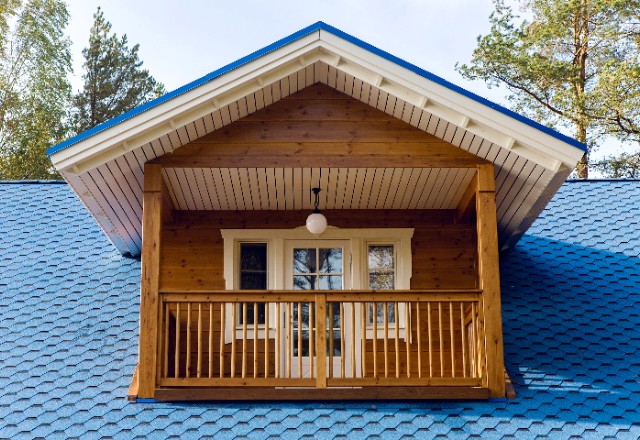
Installation Process for Cedar Siding Surface Preparation
Installing cedar siding requires some surface preparation in order to ensure the best
results. First, it is important to make sure that any existing siding on your home is in good
condition and free of damage or rotting wood. If there are any gaps between existing
siding boards, these should be filled with a waterproof sealant as well. Additionally, all
surfaces must be cleaned thoroughly with a pressure washer before installation can
begin. Once the surface preparation is complete, the cedar siding boards can then be
installed using screws or nails for a secure hold.
It is also important to keep in mind that cedar siding should not be installed directly onto
brick or concrete surfaces as this could cause water damage over time. Instead, an
appropriate underlayment must be laid down prior to installation in order to protect both
your home and the cedar siding from potential moisture issues. With proper installation
and care, you can enjoy the beauty and durability of your cedar siding for many years to
come!
Measurements and Layout Design
Before beginning any cedar siding installation project, it is important to measure and
determine the layout design of your home. This will help ensure that you purchase the
correct amount of siding boards for the job and also enable you to plan out how each
board will fit together. When measuring, be sure to include any corners or angles in your
overall measurements so that all boards can be cut precisely to size. Additionally,
consider the direction in which each board should run as some patterns work best when
they are installed horizontally while others look better when they are installed vertically.
Once you have determined the measurements and layout design, you can then begin
purchasing the necessary supplies for installation.
Nailing the Panels in Place
Once you have purchased the necessary supplies for your cedar siding installation
project, it is time to begin nailing the panels in place. When attaching the boards to your
home, be sure to use galvanized nails that are long enough to penetrate through both the
siding and sheathing. Additionally, make sure to leave a gap of about 1/4 inch between
each board for optimal ventilation and to prevent any warping or buckling over time due
to moisture accumulation. As you nail each panel in place, be sure to keep all nails at
least 3 inches away from the edges of each board so they can be covered up with trim
later on. Lastly, make sure that all nails are flush with the surface of each board and
slightly countersink them if necessary. With these few simple steps, you can easily install
cedar siding on your home!
Tips for Regular Maintenance of Your Cedar Siding
Regular maintenance of your cedar siding is essential to prolonging its life and ensuring it
looks beautiful for years to come. First, inspect the exterior of your home every few
months for any signs of damage such as cracks, holes or warping. If you spot any issues,
address them immediately to prevent further damage. Second, make sure to clean your
cedar siding annually with a mild detergent and a soft brush. This will help remove dirt
and prevent the growth of mold or mildew. Lastly, stain or seal your cedar siding every
two to three years depending on the type of finish you choose in order to protect it from
UV rays and moisture. With these simple tips for regular maintenance, your cedar siding
will remain in great condition and look beautiful for many years!
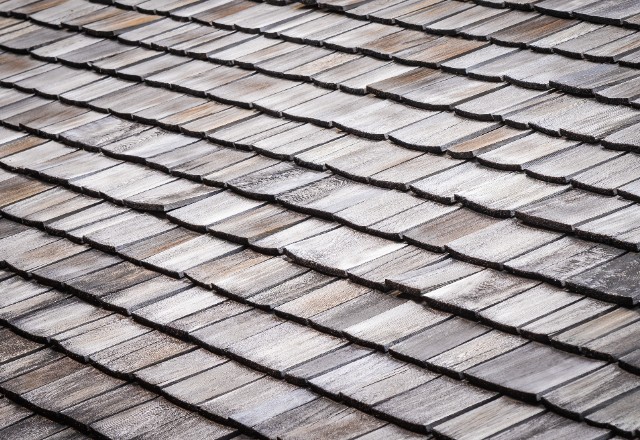
Conclusion
Cedar siding is a popular option for homeowners seeking an aesthetically pleasing and
long-lasting look for their home. Regular maintenance is crucial to extend the lifespan of
the siding. It’s recommended to inspect for damage every few months, clean annually
with a mild detergent and soft brush, and stain or seal every two to three years based on
the chosen finish. Taking these simple steps will help ensure your cedar siding looks
great for many years to come!



 509-201-4190
509-201-4190
